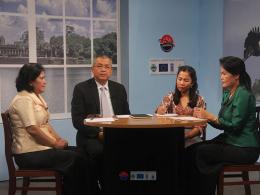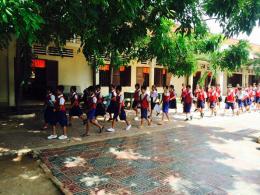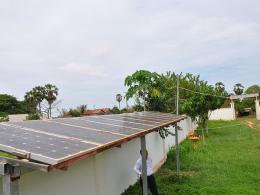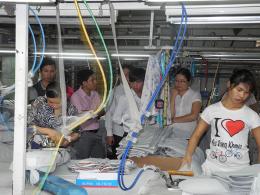Climate Proofing of Roads in Prey Veng, Svay Rieng, Kampong Chhnang, and Kampong Speu Provinces under the Provincial Roads Improvement Project
Background
Cambodia is one of the countries in the world most vulnerable to climate change impacts. As part of its response to climate change, the Royal Government of Cambodia, in collaboration with its development partners, is implementing the Strategic Program for Climate Resilience (SPCR) with financial support from the Climate Investment Funds. The SPCR emphasizes two streams to promote climate resilience. The first stream is to build knowledge about climate change impacts on Cambodia and how to mainstream climate resilience into agriculture, water resources and transport and urban infrastructure. The second stream is to invest in applying new skills, techniques, technology, and engineering practices for climate resilience.
Overall Objective
Safe, climate-resilient, cost-effective, all-year access road network in targeted agricultural provinces
Expected Results
- Project roads and the cross-border facility at Prey Var and Svay Rieng rehabilitated;
- Road asset management improved;
- Road safety and safeguards increased;
- Resilience of project roads to climate change increased, through mapping of vulnerability to climate change, adjustments in road design, implementation of bioengineering and other ecosystem-based adaptation measures, and emergency management activities
Location
Prey Veng, Svay Rieng, Kampong Chhnang, and Kampong Speu
Beneficiaries
200,000 people in the target provinces of which 110,000 are girls and women
Approach
- Climate resilience-related civil works adjustments: design of road embankments and roadside ditches to reduce erosion, use of more climate-resilient materials in the road structure; use of green engineering to improve the water conservation characteristics of the watershed and divert runoff water away from the road
- Vulnerability mapping, review of and adjustments in road engineering design standards and guidelines for greater climate resilience, and training to reduce vulnerability of roads
- Bioengineering measures such as the planting of appropriate species to restore ecosystem functions
- Integration of water capture and storage systems in road construction features
- Development of a community-based emergency management system for Kampong Chhnang province






